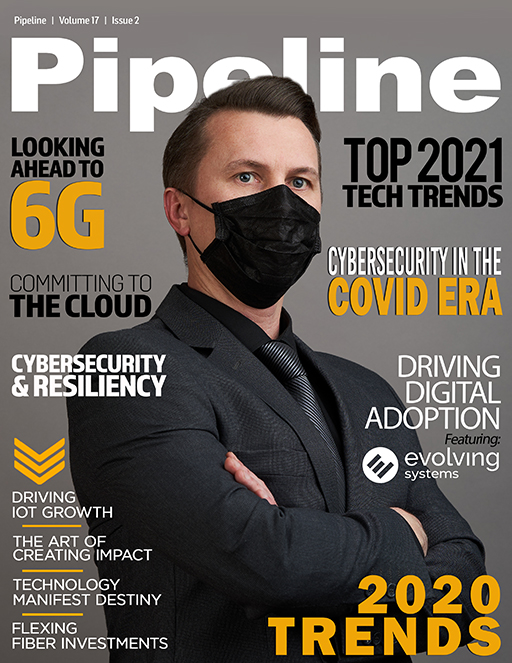The Art of Leading and Creating Impact
By: Ulla Koivukoski

The global ecosystem game is on. The players are diverse. They come from different national and organizational cultures. Their positions are sometimes well-defined, but more often not. The impact created by ecosystems is strongly dependent on the collaborative capabilities of the people of the participating partners. The key question for success is: “How do we best use the superpowers of the organizations and their people?”
Understanding ecosystems:
Defining the playing field
When ecosystems work, they create value that no single organization could create alone.
Life used to be a lot simpler. Today, when the world is complex and dynamic, collaboration is the norm. It is virtually impossible to possess all resources and capabilities needed to address grand challenges such as environmental issues, aging populations, or responding to unpredictable market conditions and changing customer needs. Whether we want it or not, new innovation and business ecosystems are emerging. They challenge organizations and people to develop their collaborative capabilities to ensure value creation.
Business ecosystems are about cooperation and competition. They involve co-developing capabilities to support new products, satisfy customer needs, and eventually incorporate the next round of innovations into products and solutions.
Innovation ecosystems are more exploratory and long-term. They are about combining individual offerings into coherent, customer-facing solutions or creating completely new solutions to solve complex societal problems. They often aim to create new knowledge through joint research and collaboration in experimental projects, as is the case with knowledge ecosystems.
Ecosystems are all unique. They can focus on industry verticals to solve customer challenges together. They can involve companies developing new technologies and solutions for long-term competitiveness. They can consist of cities and municipalities engaging with companies and research institutions to solve grand challenges. Their structures and governance models vary depending on the purpose and partners involved. They take different shapes and forms. They can be value-chain type and focus on solving a specific problem. Or they can be more fluid and focus on generation of new knowledge or simply learning together as an attempt to solve a part of a complex problem or to prepare for the future.
Benefits of collaboration in the ecosystems include faster time to market, learning, and creation of new capabilities that at best can increase creativity and enable solving grand challenges.
In business, the dominant approach to tackling challenges is typically rational: we opt for hard facts and technical solutions without letting emotions disturb decision-making. While data and AI can help, decisions are still mostly made by people. And they are not only rational.
Emotions can help us connect with other people. Feelings are an inherent part of people’s overall well-being as well as their capabilities to solve complex problems as individuals and organizations. In the learning ecosystems, theory can meet practice by building levers for businesses and verifying theories in real life.
Success in ecosystems is built on rational decisions related to defining the purpose, setting objectives and measuring impact. Emotional considerations, as well understanding and appreciating people’s diversity and different situations, can help bring the ecosystem projects to the desired goals.
Defining purpose
Well-defined purpose is about clarifying the problem that the ecosystem is trying to solve, and the initial view of what success looks like. Ecosystems are born out of a
desire to solve problems and to create value and impact that a single organization cannot accomplish alone. Organizations, however, don’t work together; people do. Hence collaboration in ecosystems is all about people. Most of us like predictability and routines. We want to be in control and understand what we are supposed to do.
Few of us like to fail. Working in ecosystems can be highly uncomfortable, unless there is something that people can relate to both rationally and emotionally. Jointly defined and internalized purpose helps align the organizations and sets the boundaries of the ecosystem and the partnerships.
Well-defined purpose is about clarifying the problem that the ecosystem is trying to solve and determining the initial view of what success looks like. Purpose outlines the



















